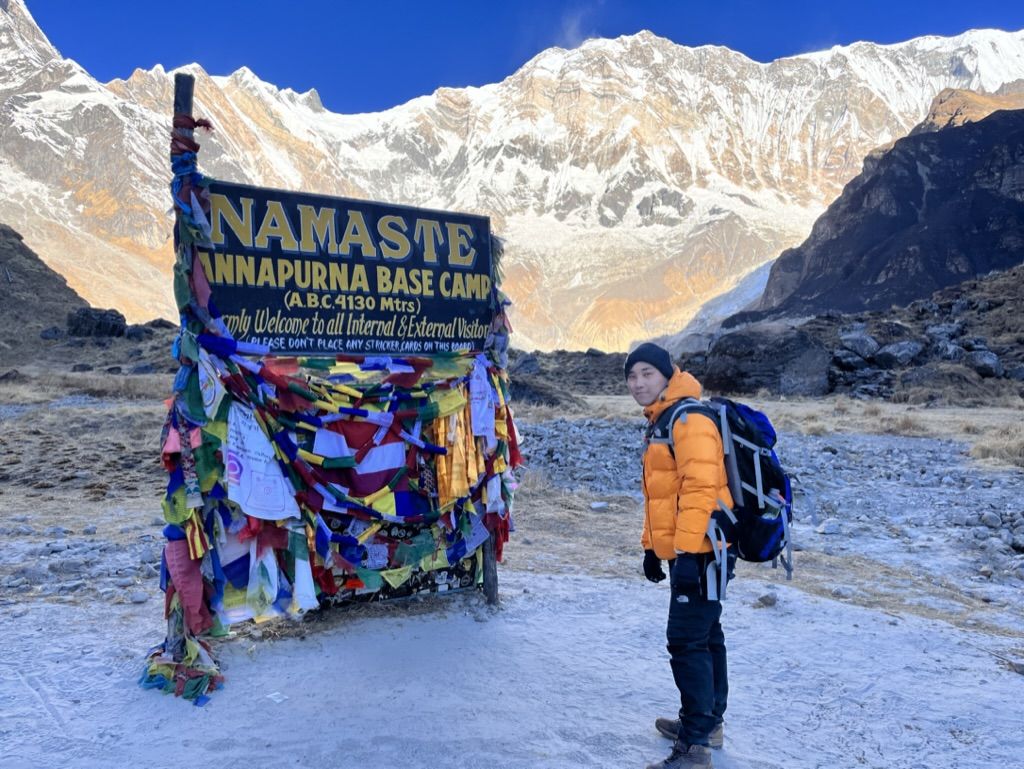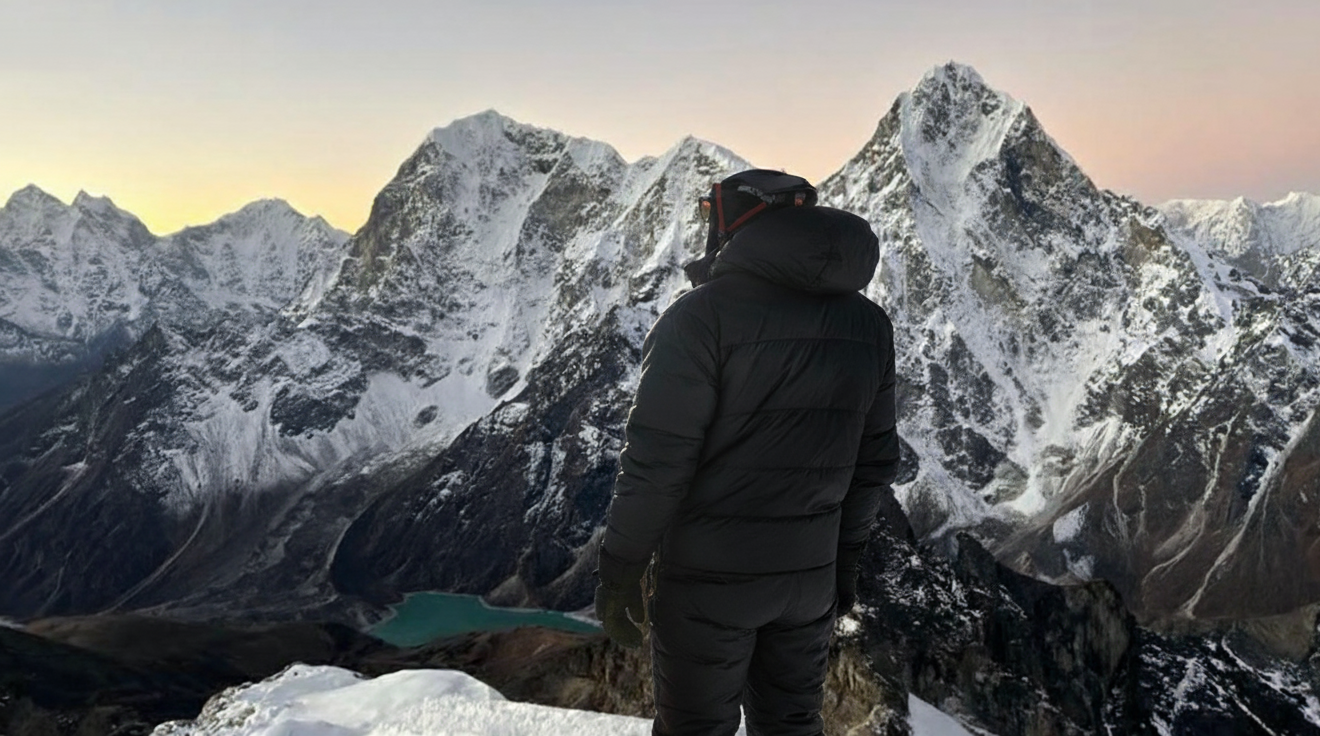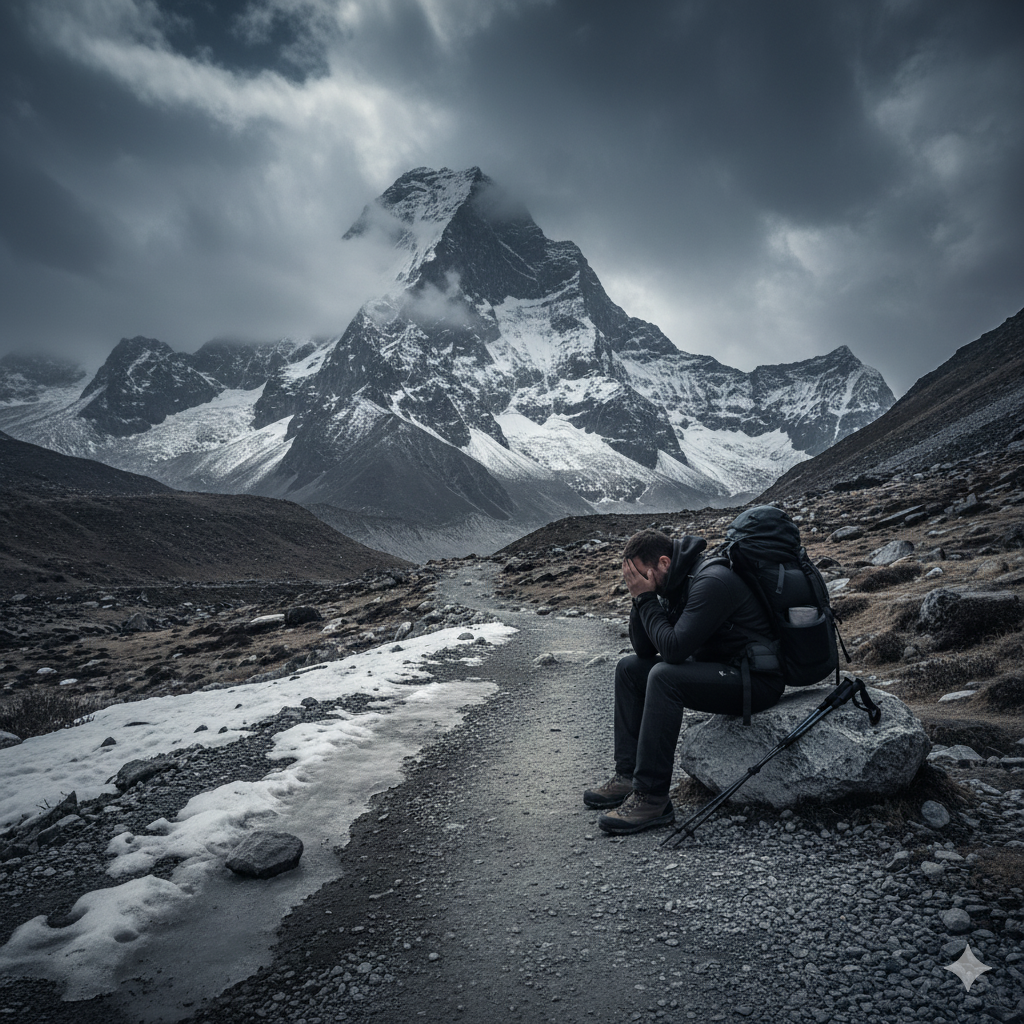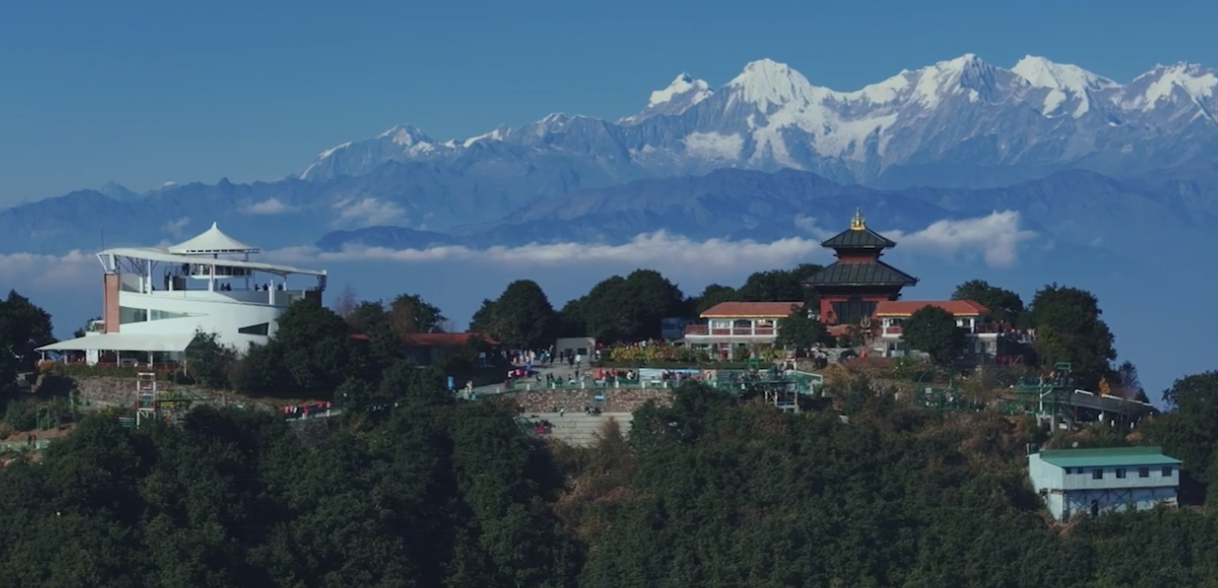Blogs
Nepal

Getting to Annapurna Base Camp
Often overshadowed by its Everest cousin, the Annapurna Base Camp trek offers a strikingly different, yet eq…

Conquer The Three Peaks
For aspiring mountaineers dreaming of towering Himalayan summits, the journey best begins with a deliber…
Souvenirs from Nepal
Nepal is a treasure trove of culture, spirituality, and craftsmanship, offering unique souvenirs far beyond…

Failed Summit? Find Victory in the Journey
For many trekkers, the goal of reaching a summit represents the pinnacle of their adventure, from the mo…

Discovering Chitwan
The famous Chitwan National Park is a haven for nature lovers and adventure seekers alike. This UNESCO World…

Shinta Mani Mustang: Nepal’s Hidden Panoramic Gem
Mustang was once off-limits to foreign visitors until 1992. Today, it’s home to this lavish escape that…

Chandragiri Hills
Rising to an elevation of 2,551m on the southwestern rim of the Kathmandu Valley, Chandragiri Hills has beco…

Tihar: Nepal’s Festival of Lights
Tihar, also known as Deepawali, is one of the most cherished and colorful festivals in Nepal. It marks the v…